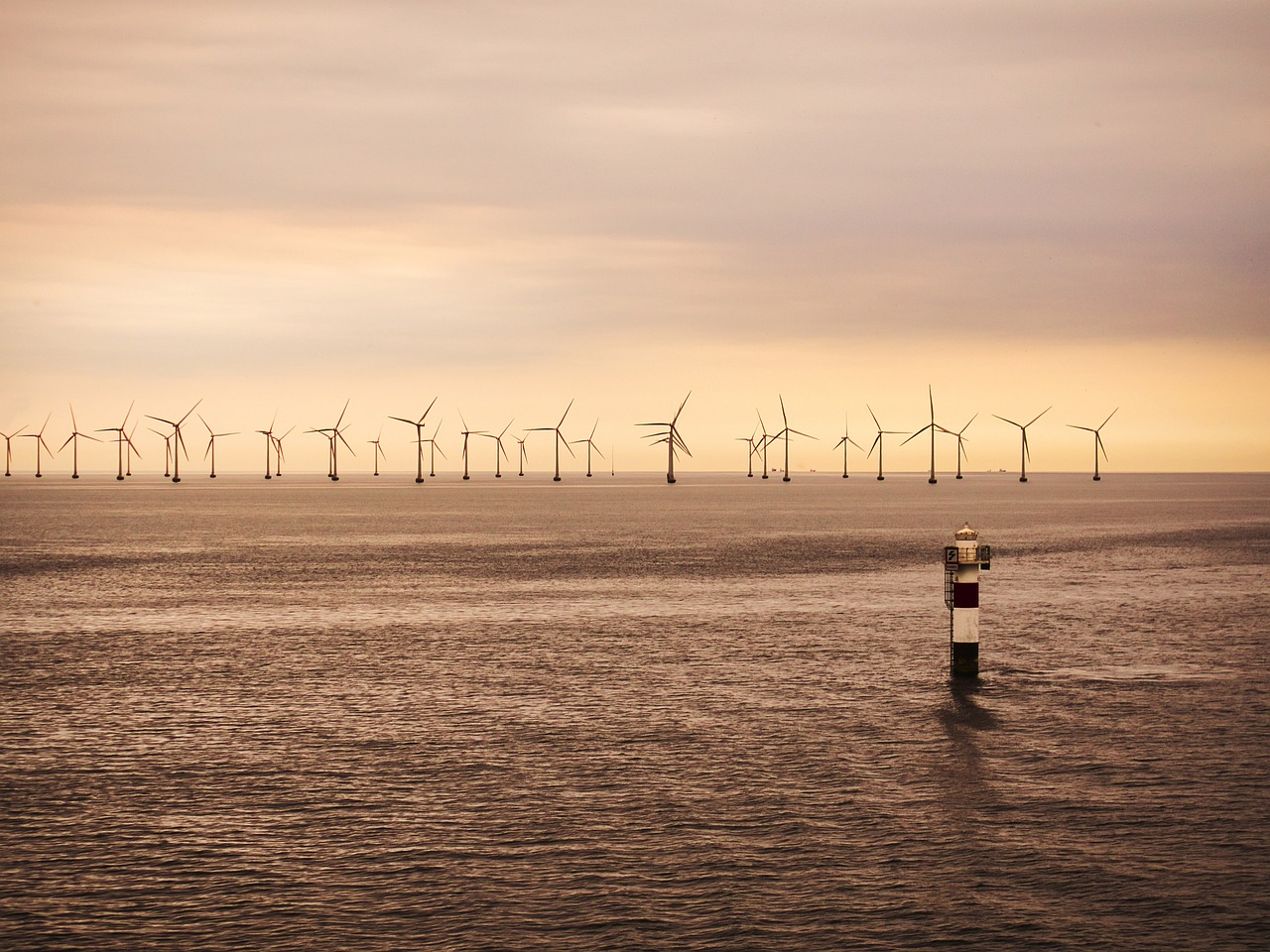“Clean and affordable energy is the foundation of the well-being and economic growth of the Estonian people. As a result, we want to support wind energy generation, not only on land, but also at sea. Estonia has great potential for this”, said the Minister of Climate Yoko Alender. “We are creating a 20-year support plan for the development of offshore wind farms. This will provide certainty that electricity prices can remain affordable, and that there will be sufficient renewable energy. This is needed for both existing and new clean industries, which will bring significant investment into the country,”
The Ministry plans to hold a reverse auction in the first half of 2025, with the goal of bringing new offshore wind energy to the market by the end of 2033 at the latest. According to the Ministry, with the completion of the offshore wind farm, offshore wind production of up to 2 TWh per year can be supported to meet domestic consumption, and the total output can potentially reach 4 TWh per year, or more.
In addition to offshore wind energy, the Ministry of Climate also plans to support onshore wind energy development, aiming to bring approximately 4 TWh of onshore wind energy to the market, via a reverse auction. The completion of new onshore wind farms is planned for the end of 2029. The total period of support for onshore wind farms will last 12 years.
The Ministry estimates that with the implementation of the planned reverse auctions, electricity prices will fall by 2.4 cents per kWh by 2030: from 9 cents to 6.6 cents—and by around 4.5 cents per kWh by 2035. This could save consumers in Estonia and the surrounding region about €250 million annually, and up to €5 billion over 20 years.
“The addition of renewable electricity to the market will first and foremost lower electricity prices in Estonia. Besides renewable energy, we will also be investing in, and developing, power networks, promoting the growth of capacity for storage, and making sure dispatchable capacities are available and emission-free,” the Minister of Climate noted.
The Ministry of Climate plans to present the drafts to the Government of the Republic in November, and the legislative amendments are expected to take effect in the first half of 2025.

